The choice of essential oils packaging plays a pivotal role in preserving the purity and effectiveness of these precious liquids. Glass bottles, renowned for their protective qualities, are the preferred choice for essential oil enthusiasts and producers alike. However, with this choice comes a myriad of questions about their use, types, and benefits. In this blog, we aim to address the most common inquiries about glass essential oil bottles, providing clear, concise answers to help both beginners and seasoned users alike. From understanding the significance of different bottle colors to unraveling the mysteries of dropper types, we delve into the aspects that matter most to our customers. So, whether you’re a distributor, retailer, or an end-user passionate about essential oils, join us as we explore these glass guardians of nature’s potent essences.
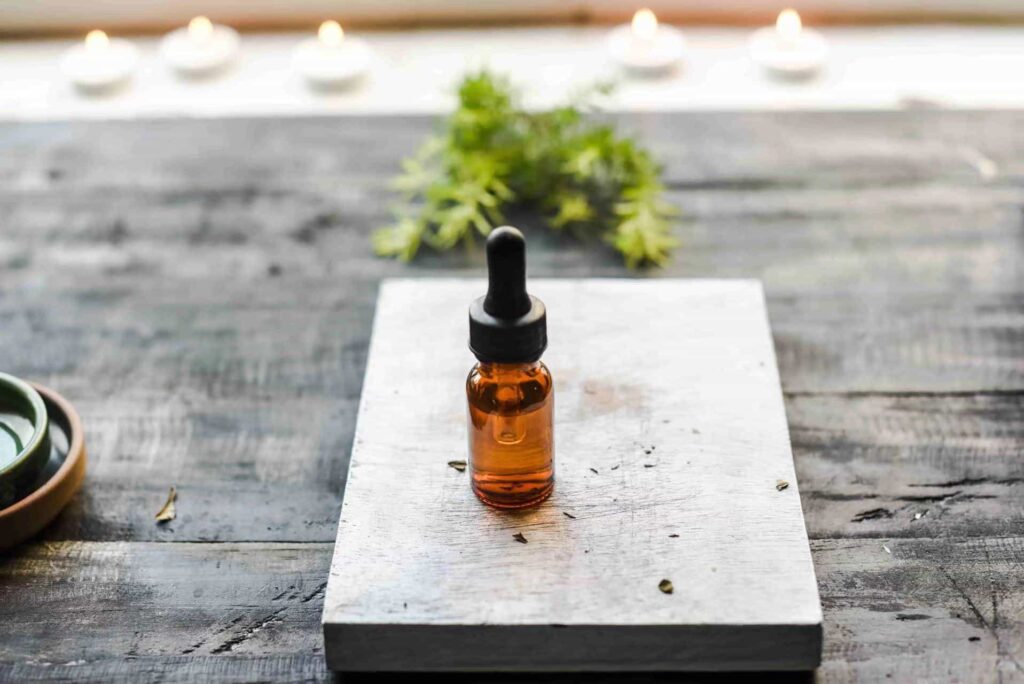
Table of Contents
ToggleCONTENTS LIST
Q1: Why use glass bottles for essential oils packaging?
Q2: Why use dropper bottles for essential oils instead of other types like Boston round bottles?
Q3: What colors are the best for essential oil bottles?
Q4: What capacity do the essential oil bottles have?
Q5: Do the essential oil bottles have Child-Resistant Caps?
Q6: What’s the difference between an orifice reducer and a dropper insert?
Q7: Where to buy glass essential oil bottles in bulk?
Q1: Why use glass bottles for essential oils packaging?
Glass bottles are the preferred packaging for essential oils due to their chemical inertness, ensuring that the oils’ purity and properties are not altered. The non-porous nature of glass prevents the absorption of oils or odors, maintaining the essential oils’ integrity. Additionally, colored glass, like amber, offers UV protection to shield the oils from light-induced degradation. Glass bottles are also environmentally friendly, being reusable and recyclable, and they offer a premium aesthetic appeal. These qualities collectively make glass bottles ideal for preserving and presenting essential oils effectively.
Q2: Why use dropper bottles for essential oils instead of other types like Boston round bottles?
Dropper bottles are preferred for essential oils because they offer precise control over dispensing the oil. They have a special neck design (18 DIN) that fits perfectly with dropper inserts, ensuring no leakage and accurate dosage. This design also allows the bottles to hold the necessary amount of oil without spilling, even with the dropper insert in place. Compared to other bottles like Boston rounds, dropper bottles provide more accuracy and consistency, making them ideal for essential oil use where precise measurement and application are key.
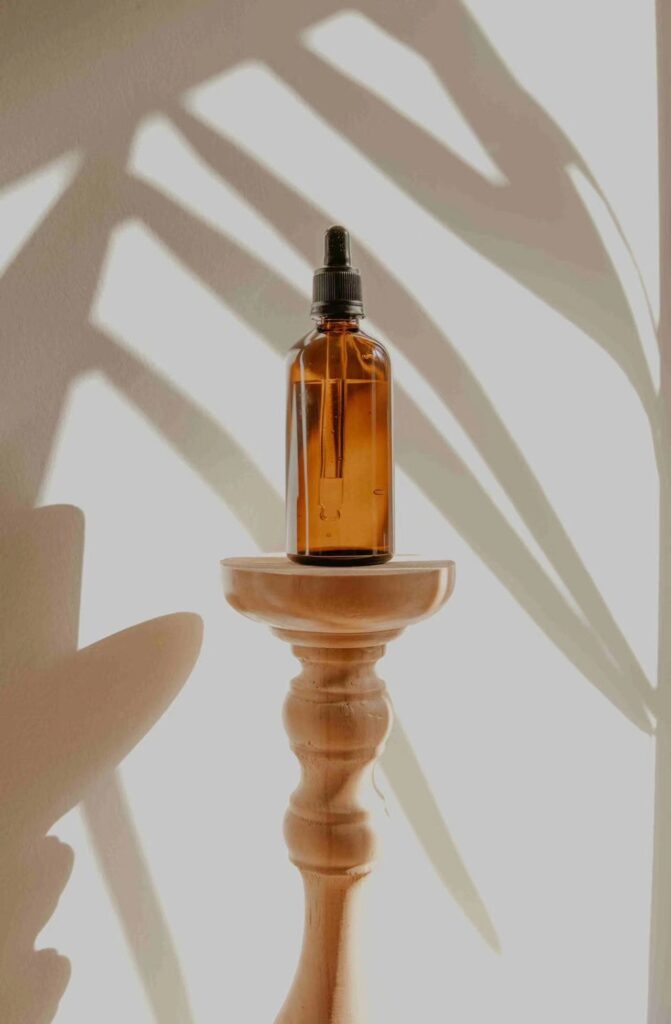
Q3: What colors are the best for essential oil bottles?
The best color for essential oil bottles largely depends on the need for ultraviolet (UV) protection. Amber glass is generally considered the best option if UV protection is a priority, as it effectively blocks harmful rays that can degrade the quality of essential oils. Other popular colors include blue/cobalt glass bottles, clear/flint glass containers, and green bottles for essential oils. While these colors are visually appealing and suitable for storage in dark environments where UV exposure is minimal, they don’t provide the same level of UV protection as amber. Ultimately, the choice of color may also be influenced by branding and aesthetic preferences.
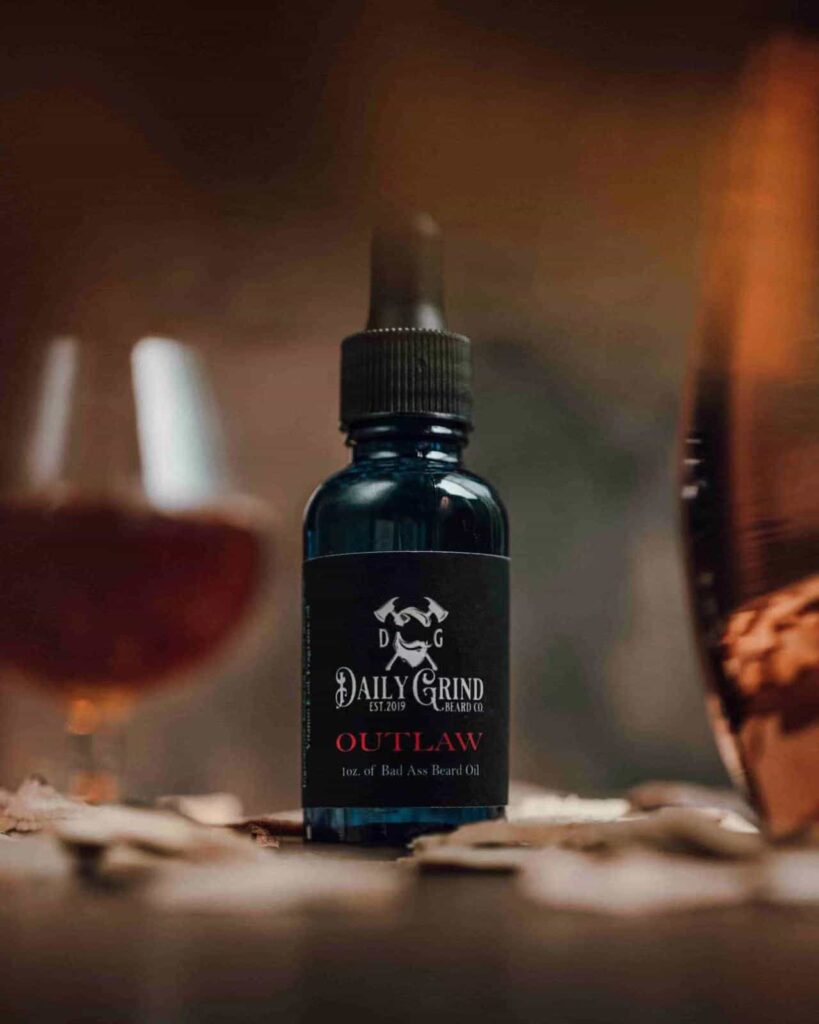
Q4: What capacity do the essential oil bottles have?
Essential oil bottles typically come in a range of capacities, commonly measured in milliliters (ml) or ounces (oz). The nominal capacity, which is the industry-standard measurement, usually reflects the amount of product the bottle is designed to hold, often reaching up to the shoulder area of the bottle. The specific capacities can vary widely depending on the product and manufacturer, but they often include common sizes like 5ml bottles, 10ml bottles, 15ml bottles, 30ml (1 ounce), and sometimes larger sizes. The choice of capacity depends on the intended use, the quantity of oil to be stored, and consumer preferences.
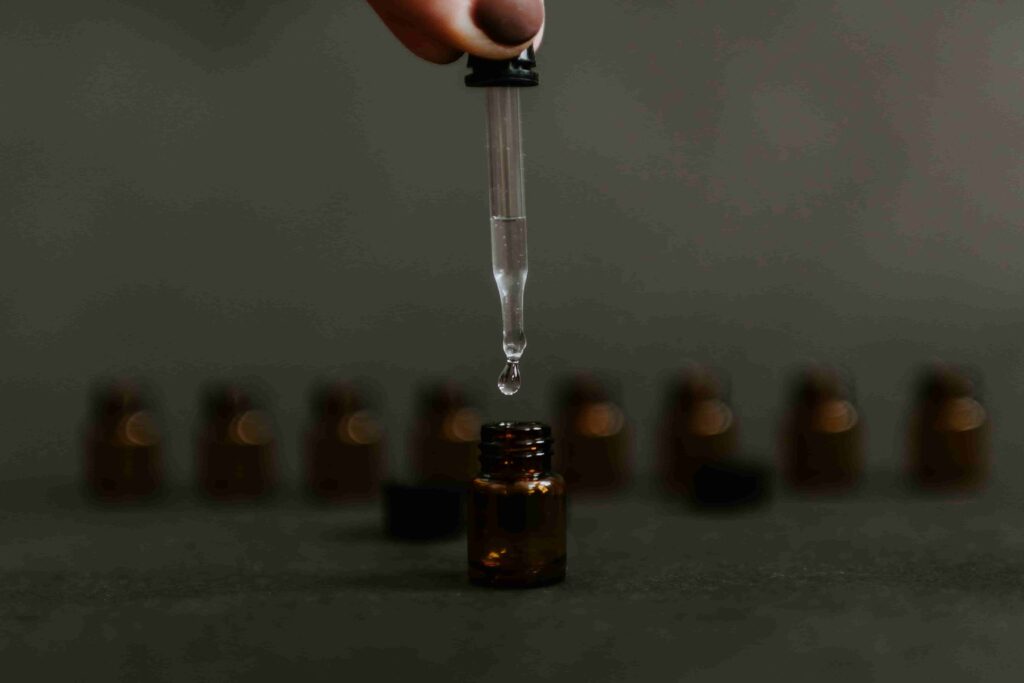
Q5: Do the essential oil bottles have Child-Resistant Caps?
Yes, some essential oil bottles come with child-resistant caps, especially when it’s necessary to comply with safety regulations like the Poison Prevention Act. The use of child-resistant caps is often dictated by the specific contents of the bottle and the potential risks they pose. For example, certain flavors or types of essential oils that could be harmful to children require these safety caps. The decision to use child-resistant caps can vary based on the philosophy of the manufacturer and the legal requirements they must adhere to
If you have any questions or need more details about the use of child-resistant caps for essential oil bottles, please don’t hesitate to contact us.
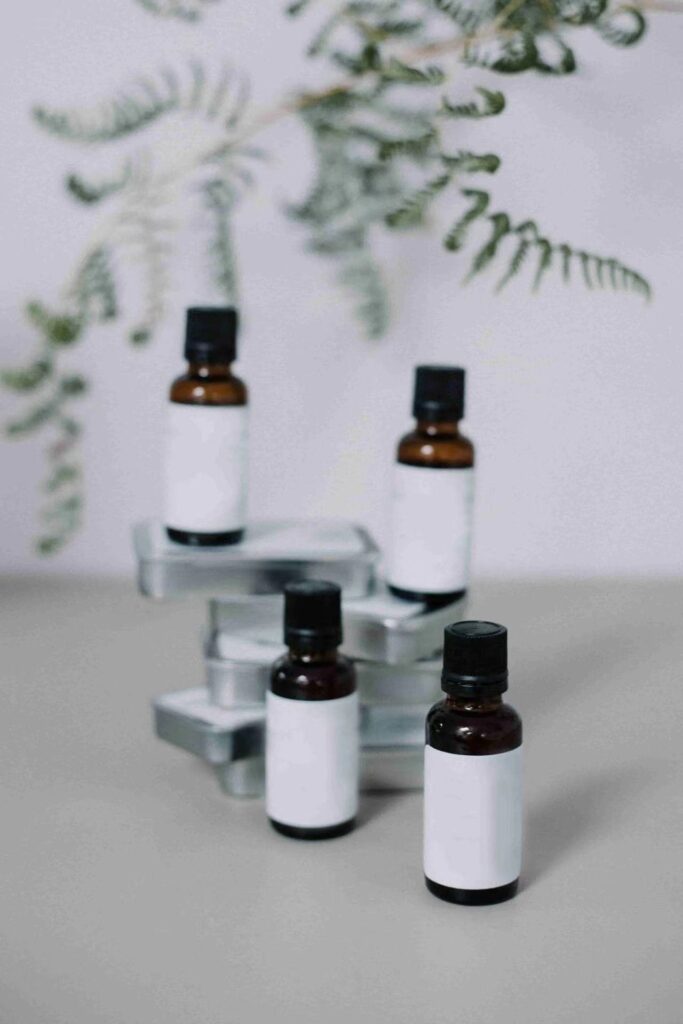
Q6: What's the difference between an orifice reducer and a dropper insert?
An orifice reducer and a dropper insert are both used to control the dispensing of liquids from bottles, but they work differently. An orifice reducer limits the flow with a single hole in the plug, allowing only a small amount of liquid to pass through. On the other hand, a dropper insert provides more control, featuring an air tube that lets air into the bottle while controlling the liquid’s exit. This design offers precise dispensing, making dropper inserts more versatile for various applications, especially where controlled dosing is essential.
Q7: Where to buy glass essential oil bottles in bulk?
For purchasing glass essential oil bottles in bulk, consider reaching out to us! We offer a wide variety of high-quality glass bottles suitable for essential oils, available in different sizes and colors to meet your specific needs. Our bulk purchasing options provide cost-effective solutions for your business, whether you’re a small-scale artisan or a large manufacturer. Contact us for more information on our products, customization options, and bulk order discounts. We’re here to assist you in finding the perfect glass bottles for your essential oils.










